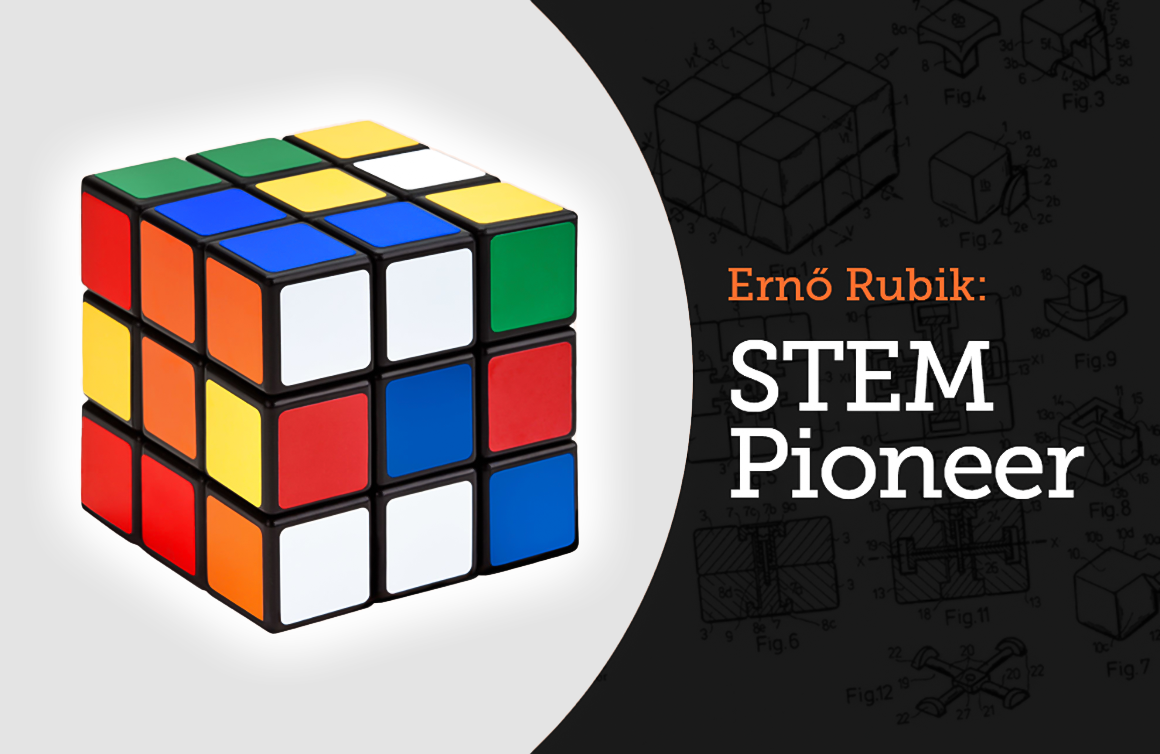Ernő Rubik evolved his idea for a simple teaching tool into an international bestselling exercise in frustration and triumph.
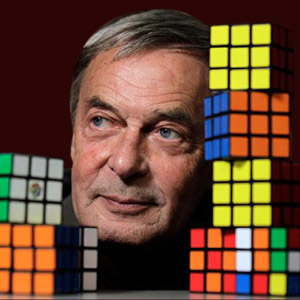
Vital Stats
Born July 13, 1944 in Budapest, Hungary.
He credits his father, an accomplished aircraft engineer, for his tenacity and work ethic.
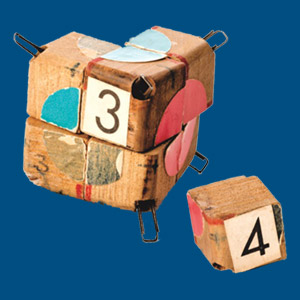
Early Years
Rubik gravitated towards sculpture early in his academic career, but later transitioned to architecture. He studied at Budapest University of Technology and Hungarian Academy of Applied Arts.
He later taught architecture at Budapest College of Applied Arts, where he eventually had the idea for a teaching tool he called The Magic Cube.
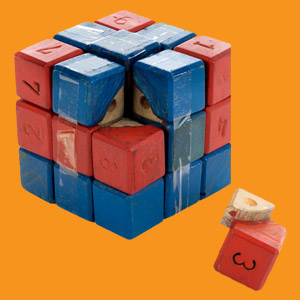
The Cube
Rubik’s early iterations of The Magic Cube were built with wood and elastics. He then moved to plastic and enlisted a small manufacturer to produce the Cube for sale in Hungary.
Realizing his teaching tool had wider appeal, Rubik approached Ideal Toys in the U.S. to license The Magic Cube. Ideal Toys renamed & released the Rubik’s Cube in 1980. It became an international bestseller and one of the top-selling toys of all time, having sold over 350 million units to date.

Inspirations
Rubik cites iconoclasts Leonardo da Vinci, M.C. Escher, Voltaire, Isaac Asimov, and Frank Lloyd Wright as influences in his life and work.
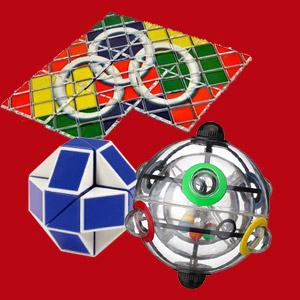
Legacy
Rubik’s other inventions include Rubik’s Snake, Rubik’s 360, and Rubik’s Magic. His original creation has also spawned numerous similar 3D puzzles from various manufacturers.
He actively encourages meaningful STEM innovations through the International Rubik Foundation.

